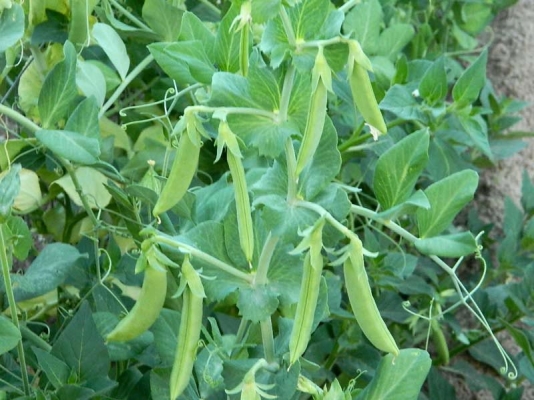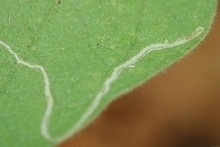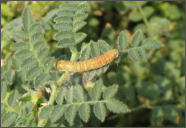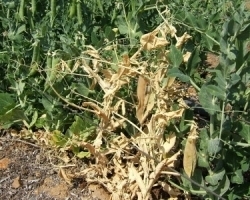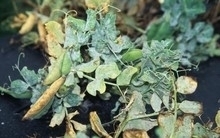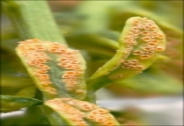Uttara: Dwarf, leafless variety suitable for irrigated areas of north hill as well as plain areas. Medium size and creamish color grains. Gives average yield of 10-11qtl/acre.
Jayanti: Suitable for irrigated areas. Pods are long and seeds are big, bold. It is tolerant to powdery mildew. Gives average yield of 11qtl/acre.
Hariyal: Suitable for normal sowing under irrigated conditions. It is resistant to nematode. Gives average yield of 9qtl/acre.
HFP 9426: Tall variety having shiny, bold and round in shape seeds. It is resistant to powdery mildew and rust disease. It gives average yield of 10qtl/acre.
Arkel: Dwarf, Early maturing variety with long, dark green pods. Gives yield of 16-18qtl/acre.
Bonneville: Medium duration with sweet grains pods. Gives average yield of 36qtl/acre.
Multi Freezer: Late maturing variety with sweet, tender pods. It is tolerant to frost. Gives average yield of 25qtl/acre.
Azad P-I: Dwarf variety with wrinkle grains. Gives average yield of 16qtl/acre.
Early E-6: Developed by Punjab Agricultural University. Gives average yield of 40qtl/acre.
Other States Variety
Early Season Variety
Asauji: Developed at IARI.
Early Superb: Dwarf variety from England.
Little Marvel: Dwarf variety from England.
Alaska
Jawahar Matar 3: Gives average yield of 16qtl/acre.
Jawahar Matar 4: Gives average yield of 28qtl/acre.
Pant Matar
Hissar Harit
Mid Season Variety
Alderman, Perfection New line, T 19
Lincon: Gives average yield of 40qtl/acre.
Jawahar Matar 1: Gives average yield of 48qtl/acre.
Jawahar Matar 2
Pant Uphar: Gives average yield of 40qtl/acre.
Ooty 1: Gives average yield of 48qtl/acre.
Jawahar Pea 83: Gives average pod yield of 48-52qtl/acre.
Jawahar Peas 15: Gives average pod yield of 52qtl/acre.

